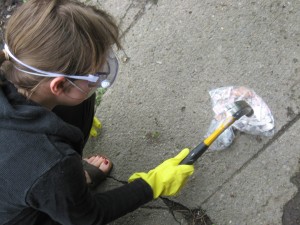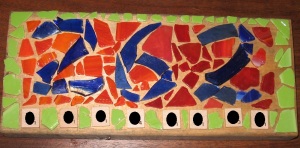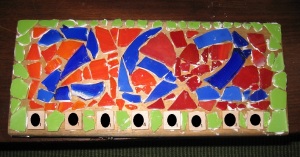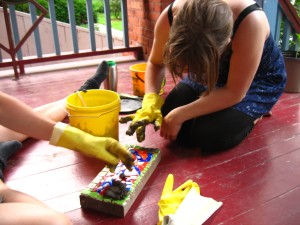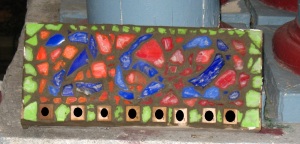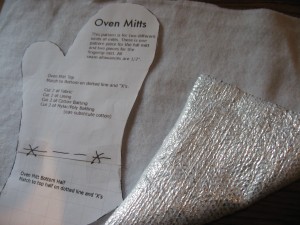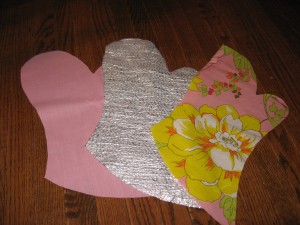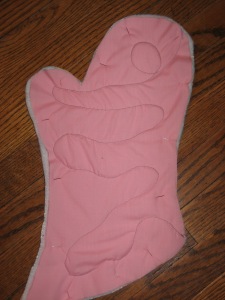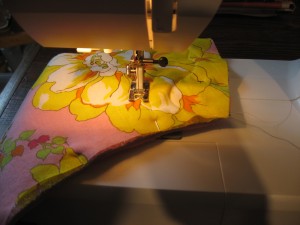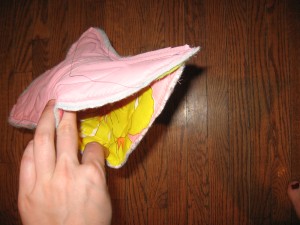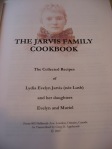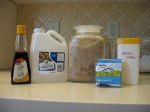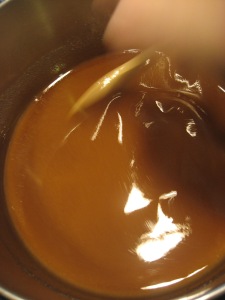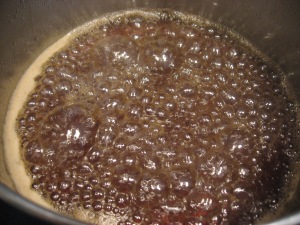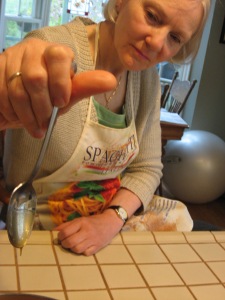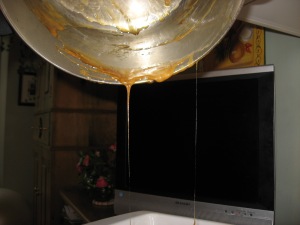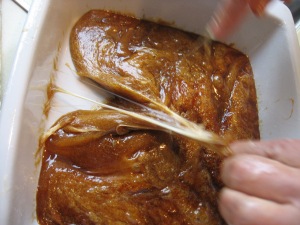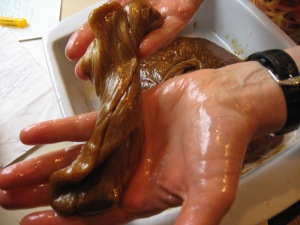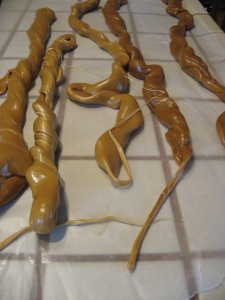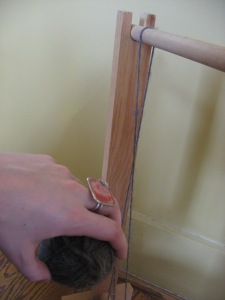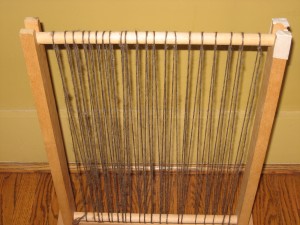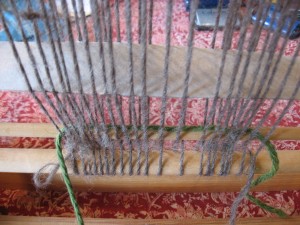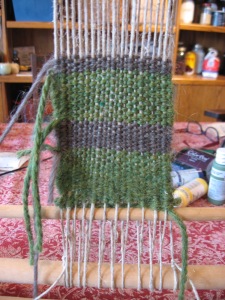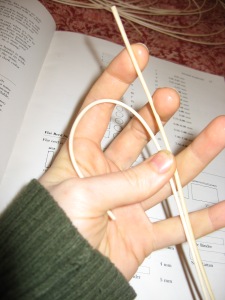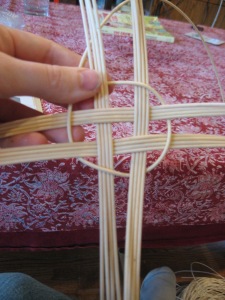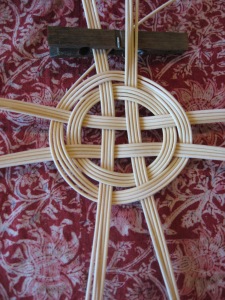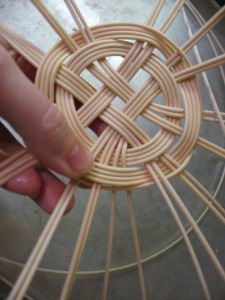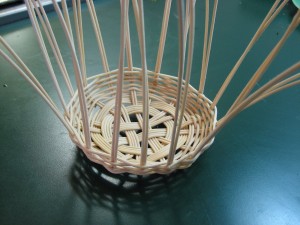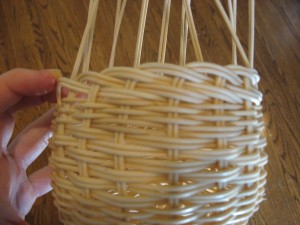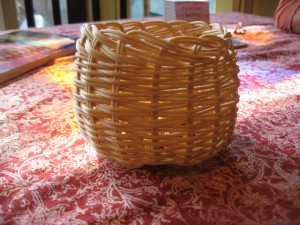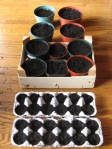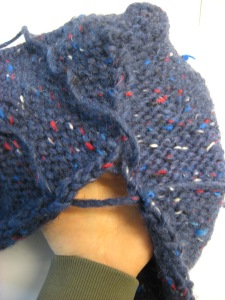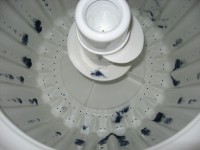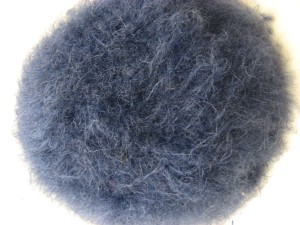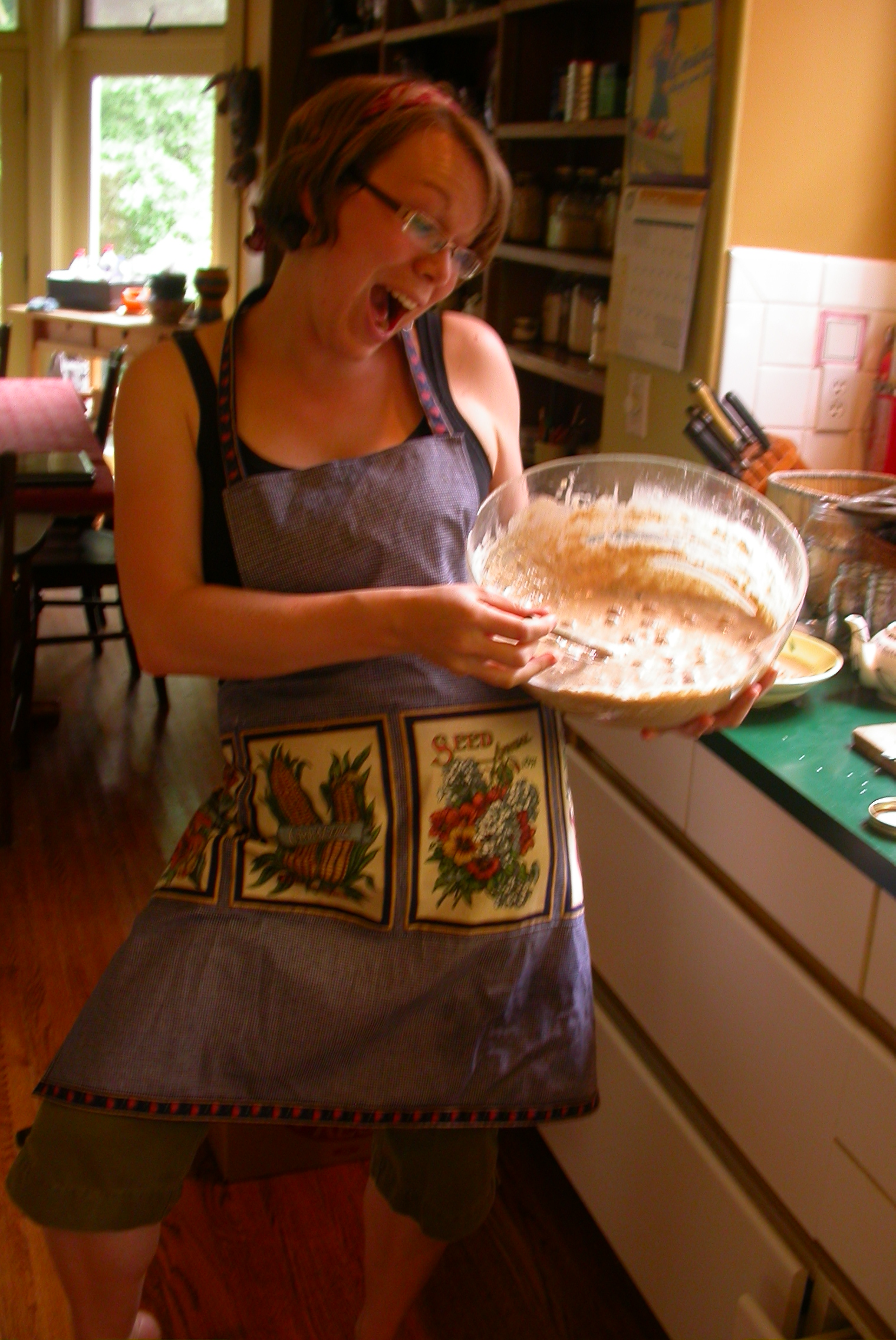
The Master Maple Maker, Jen V!
This week, 52 Projects features a guest blogger. You may recognize Jen V. from such posts as “A Mallow Day Off“. A former roommate and constant partner-in-silly-crimes, Jen has always been a source of DIY inspiration to me, especially in her life as a designer of recycled clothing. This week, Jen takes us through her experience as master-maple-maker, taking over her dad’s backyard maple syrup operation. Trust me, it’s worth sticking around for the ride.
Three years ago, my Dad and I decided to turn his yard into a maple syrup factory. He lives on a lot that is 75 metres by 75 metres with a bunch of maple trees and enough room for a fire pit (it wasn’t until year two that we discovered the importance of boiling the sap outside) which was the perfect combination for the establishment of a makeshift sugar shack.
In our first year we tapped one tree, boiling all of the sap over the stove in the house. The end product was runny, and we turned the house into a sauna. (Note: You have to boil off an average of 40 litres of water from the sap to get one litre of syrup!). But the excitement of creating this sweet tree nectar from our own backyard gave us enough incentive to increase production the next year.
Each year we’ve added a few more taps, and this year when my Dad announced that he was going down south for the second week of March – prime maple syrup time! – I declared myself head apprentice of our production which now has 14 trees.
Materials
Drill (with a 7/16” drill bit – auger works best)
Hammer
Tap, bucket & lid*
Big bucket or container (holds 5L or more)*
Pan & lid (the bigger the surface area the better)*
Screen (the kind that you put over a frying pan when you’re frying bacon)
Fire pit with a rack
Kindling and firewood
Candy Thermometer*
Stovetop pot
Filter
Jars or bottles & lids*
Funnel
*If you don’t already have these and can’t find them at your local hardware store, try a rural hardware store. If it’s in an area with a lot of maple trees, odds are they will sell all of the maple syrup making supplies that you could ever need.
How to do it!
When to tap
Maple trees pump their sap from their roots up to their branches as the weather starts to warm up at the end of the winter. In Ontario, this usually starts in early March, and when the sap is flowing, it’s time to start tapping. I don’t have a surefire trick to know when it’s time to tap, so I keep me eye on the temperature and use that as a guide. When the temperature starts creeping above freezing in the day time but stays below over night, I’ll tap a tree to test. If it runs, all of the taps go in and stay in until the sap stops running which can be anywhere from a week to three weeks later.
Tap the trees
Find a sugar maple tree. You can use other types of maples, but these have the highest concentration of sugar in their sap. Make sure the tree is at least 18” in diameter. Pick a spot that is chest height and drill a 4-inch deep hole into the tree, pointing slightly upward so gravity will draw the sap down.

Insert the tap, and use a hammer to tap it in to the tree until it is snug. Hang the bucket, affix the lid and you’re ready to go.

Boil the sap
Use the big bucket or container to collect the sap from your trees. The sap will keep for about a week if it’s refrigerated, forever if it’s frozen, and only a few days if it is left out. Set up your pan over the fire (an outdoor stove or bbq will also do the trick), fill it halfway with sap, pouring it through the screen to filter out debris.
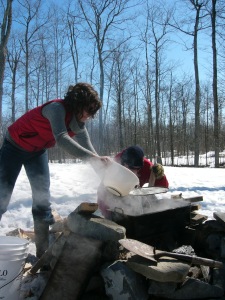
Place the lid on top, leaving it slightly ajar so that the steam has a place to escape. If your pan doesn’t come with a lid, a slab of plywood will work. Check on the sap level every 30 to 45 minutes, and continue adding sap to the pan. As the sap gets darker (after 12-14 hours of boiling), start keeping your eye on the temperature. When it reaches 102-103 C, take the sap off the fire and pour it into a stovetop pan. The rest of the boiling will happen inside over a stove so that you have control over the temperature.

Filter the sap
Before boiling it down to syrup, pour the sap through some kind of filter. You can buy a special re-useable maple syrup filter (we prop ours up with a metal tomato cage), or use coffee filters.

Turn it into syrup
With the sap in a stovetop pot, put it on your stove on high heat. Turn your overhead fan on so that the fan (as opposed to the walls of your house) absorbs the excess moisture. Once the sap comes to a boil, lower the element to medium heat, and keep the sap at a rolling boil. Using the thermometer, bring the sap up to 106C – this will leave you with a nice thick syrup.

For your first batch, let the syrup cool to room temperature. If the end product is too runny, you’ll need to bring it to a higher temperature. Experiment with one degree differences until you find the perfect temperature to get the consistency of syrup that you like.
Preserve it
Because syrup has such a high sugar content (which acts as a natural preservative), I don’t worry too much about canning it perfectly. Having said that, I lean more towards glass jars and bottles because you can sterilize them easily in the oven.
If your syrup storing containers are glass, sterilize them by putting them in the oven at 200F for 10 minutes. Make sure the syrup is hot. Using the funnel, fill each jar with syrup. If your containers are plastic, make sure they are washed out, that the syrup is cool, and then fill them up using the funnel. If you are using actual maple syrup bottles, you can buy brand new lids each year that will seal when you first put them on. Mason jars are another easy option, and snap lids can be found in almost any hardware or grocery store.
Thanks Jen! For those in the Toronto area, check out this amazing organization Not Far From The Tree that taps maple trees in the city!
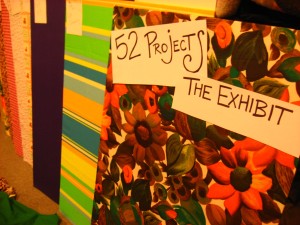 would get uber-excited about my paper topics – BC land claims settlements in the Agricultural Land Reserve, political undertones in Shostakovich’s 5th Symphony, the legal issues surrounding pipeline development in Alberta, the role of the Gamelan in Balinese culture (yup, I had a pretty all-over-the-map university experience) – and read and think and read and think. But then I wouldn’t start writing my papers until 48 hours before they were due.
would get uber-excited about my paper topics – BC land claims settlements in the Agricultural Land Reserve, political undertones in Shostakovich’s 5th Symphony, the legal issues surrounding pipeline development in Alberta, the role of the Gamelan in Balinese culture (yup, I had a pretty all-over-the-map university experience) – and read and think and read and think. But then I wouldn’t start writing my papers until 48 hours before they were due. The familiar feeling started creeping into my mind at about 3am on Wednesday July 6th. The opening of 52 Projects: The Exhibit was less than 48 hours away, and I still didn’t have a single board completed. My room was covered in paper scraps. There were photos absolutely everywhere. My fingers were blistered and sore from constant glue-gun use. And I was pretty sure that Friday night would come, and people would show up to an empty gallery.
The familiar feeling started creeping into my mind at about 3am on Wednesday July 6th. The opening of 52 Projects: The Exhibit was less than 48 hours away, and I still didn’t have a single board completed. My room was covered in paper scraps. There were photos absolutely everywhere. My fingers were blistered and sore from constant glue-gun use. And I was pretty sure that Friday night would come, and people would show up to an empty gallery.


